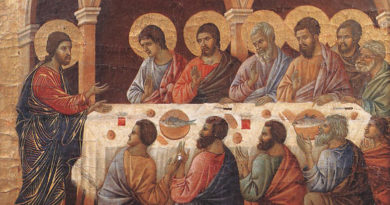The Origins of the ‘Crossed Fingers’ Gesture
Crossed fingers – This simple yet potent gesture, often used to invoke luck or protection against misfortune, has a rich history that intertwines with cultural beliefs and religious symbolism, particularly with the Cross of Christ.
Believed to have originated in 16th-century England, the crossed fingers gesture gained traction as a method to ward off evils and ill health. Its roots lie in its resemblance to the Christian symbol of the Cross, the central icon of Christianity representing the crucifixion and redemption of Jesus Christ.
In a society deeply entrenched in religious beliefs and practices during the 16th century, the Cross held profound significance. It was not only a religious symbol but also a talisman against malevolent forces. Thus, when people crossed their fingers, they unwittingly invoked the power and protection associated with the Cross, seeking divine intervention in their daily lives.
The practice of crossing fingers gradually became ingrained in the cultural fabric of the UK and parts of Scandinavia, where it evolved beyond its religious connotations into a gesture of hope, faith, and optimism. It became a common reflex, employed in various situations, from making a wish to expressing solidarity or simply hoping for a favorable outcome.
Interestingly, despite its prevalence in certain regions, the crossed fingers tradition is notably less familiar in mainland Europe. This discrepancy in cultural adoption underscores the diversity of superstitions and gestures across different societies and highlights the nuanced interplay between cultural heritage and belief systems.
However, while crossed fingers may carry symbolic weight, Catholics argue that the true act of invoking divine protection lies in the Sign of the Cross, a ritual gesture performed by many Christians worldwide. Unlike the crossed fingers, which may have lost some of its religious significance over time, the Sign of the Cross remains a solemn expression of faith, invoking the Father, Son, and Holy Spirit.
Basically, the crossed fingers gesture serves as a poignant reminder of the enduring influence of religious symbolism on human behavior and culture. Its origins rooted in the Cross of Christ offer a glimpse into the complex interweaving of faith, tradition, and superstition that has shaped societies throughout history.
While the crossed fingers gesture may have evolved from its religious origins into a more secular symbol of hope and optimism, its underlying connection to the Cross continues to resonate, reminding us of the enduring power of faith and the human quest for divine protection in an uncertain world.




